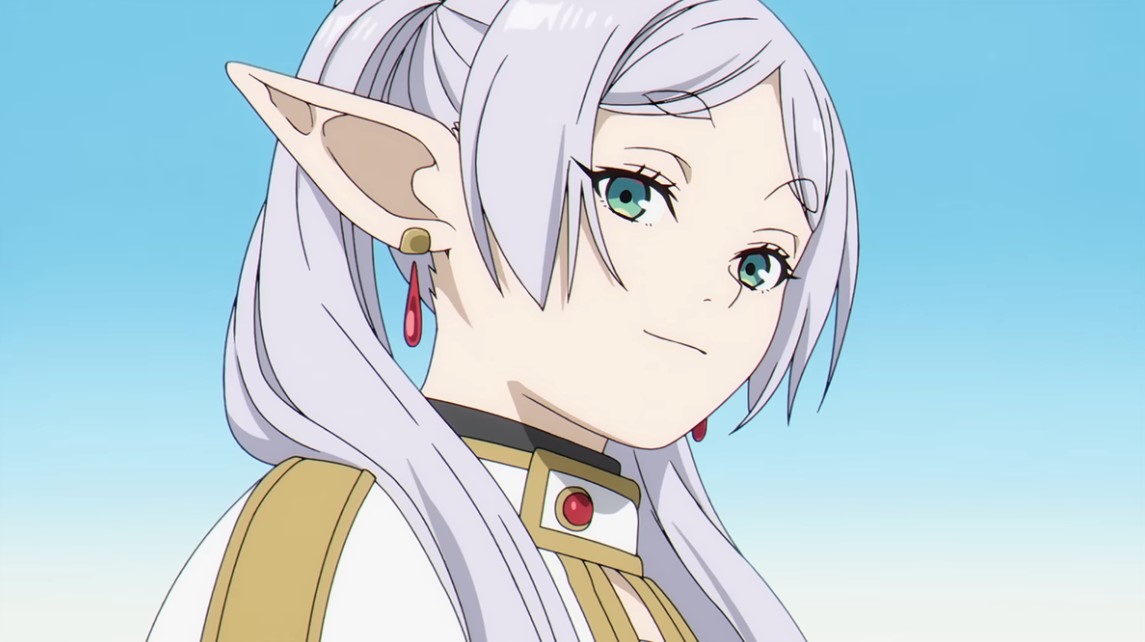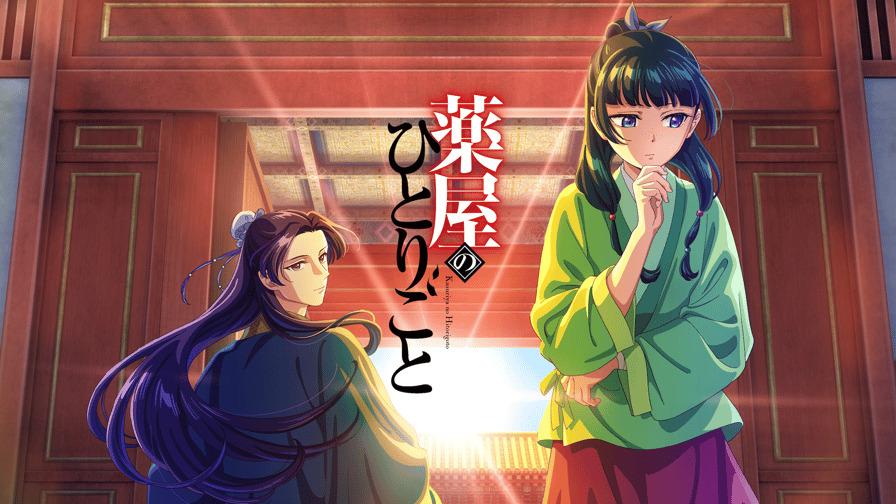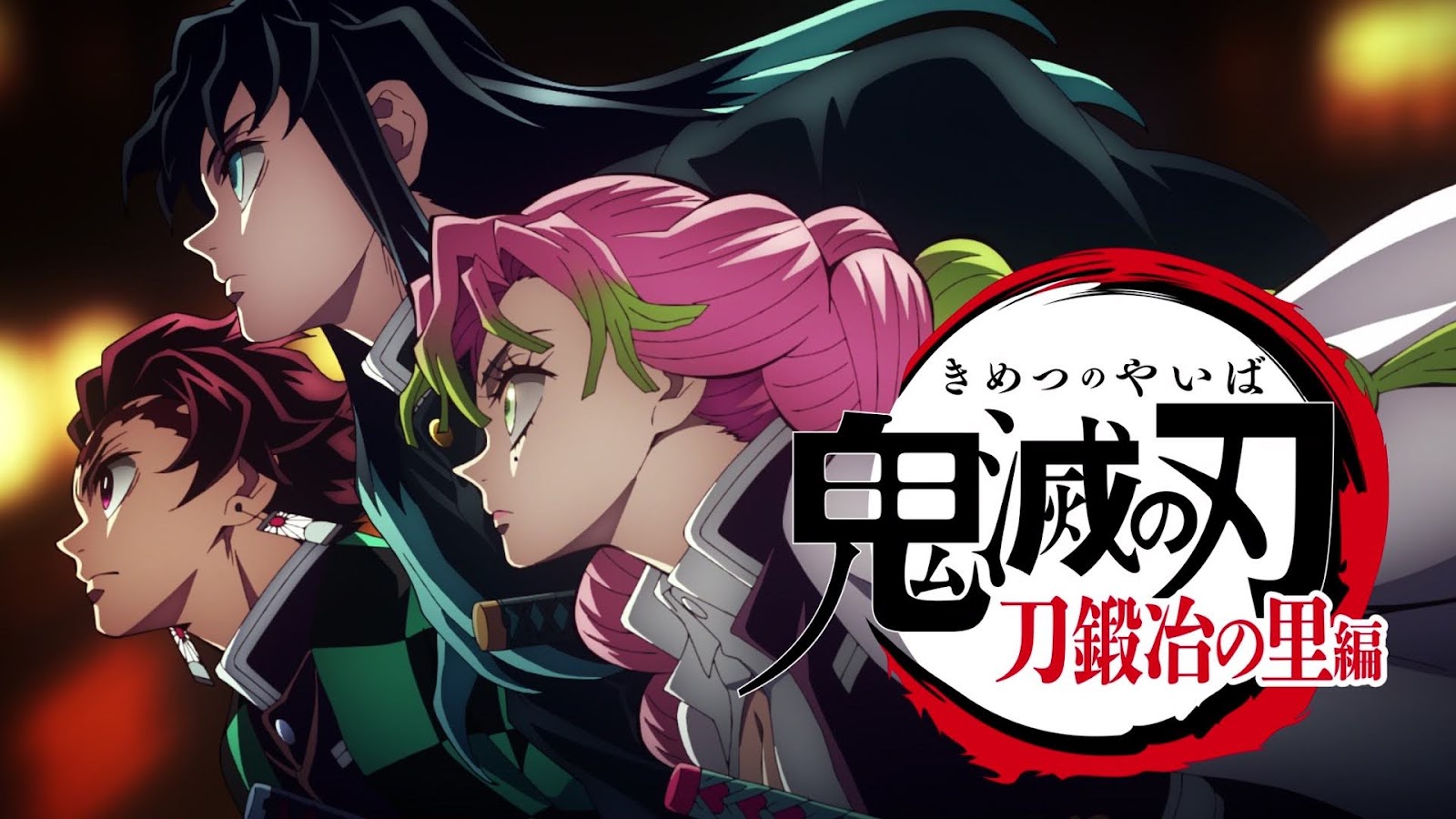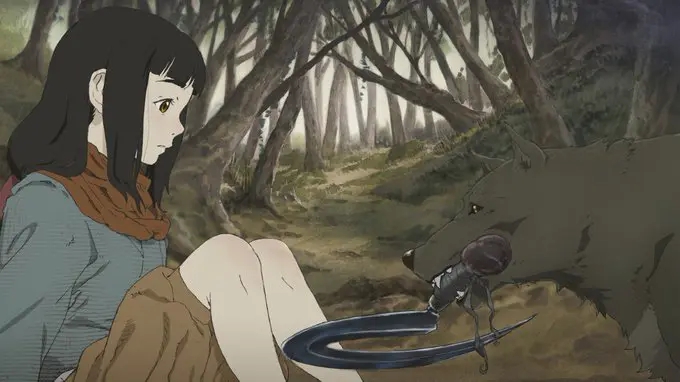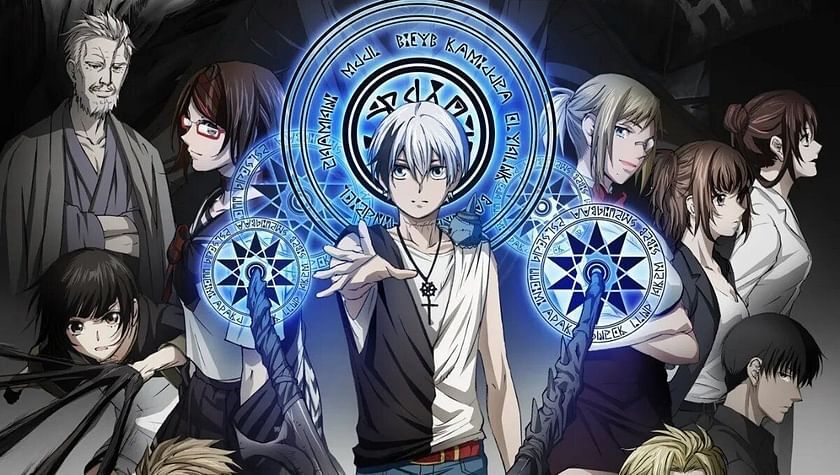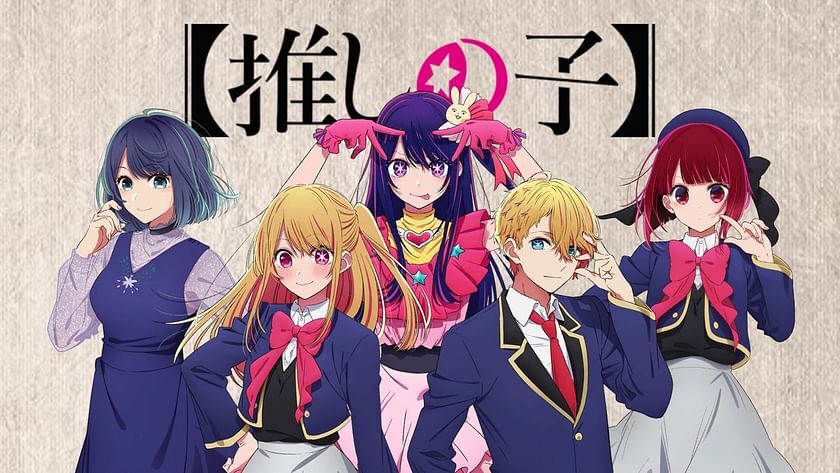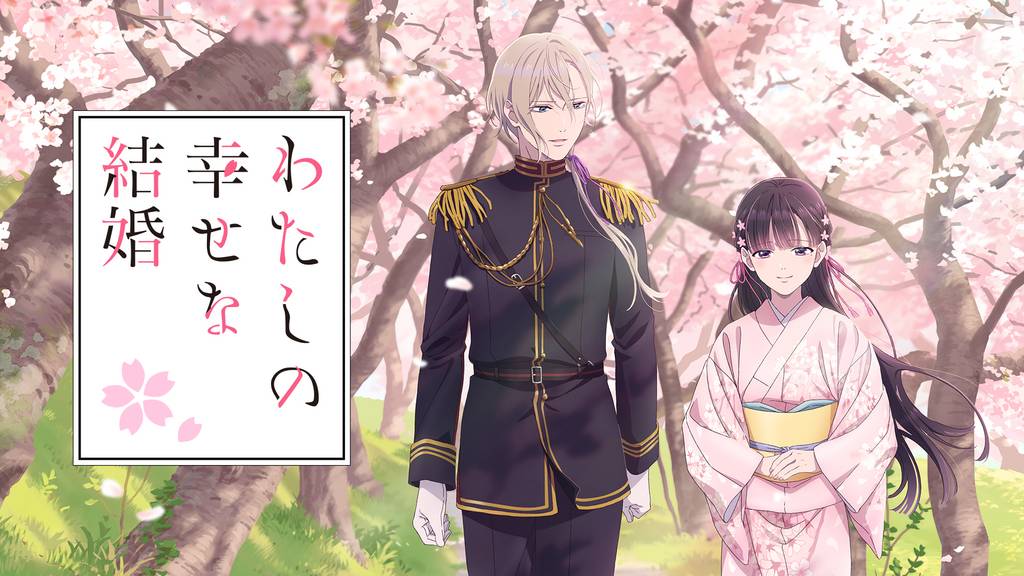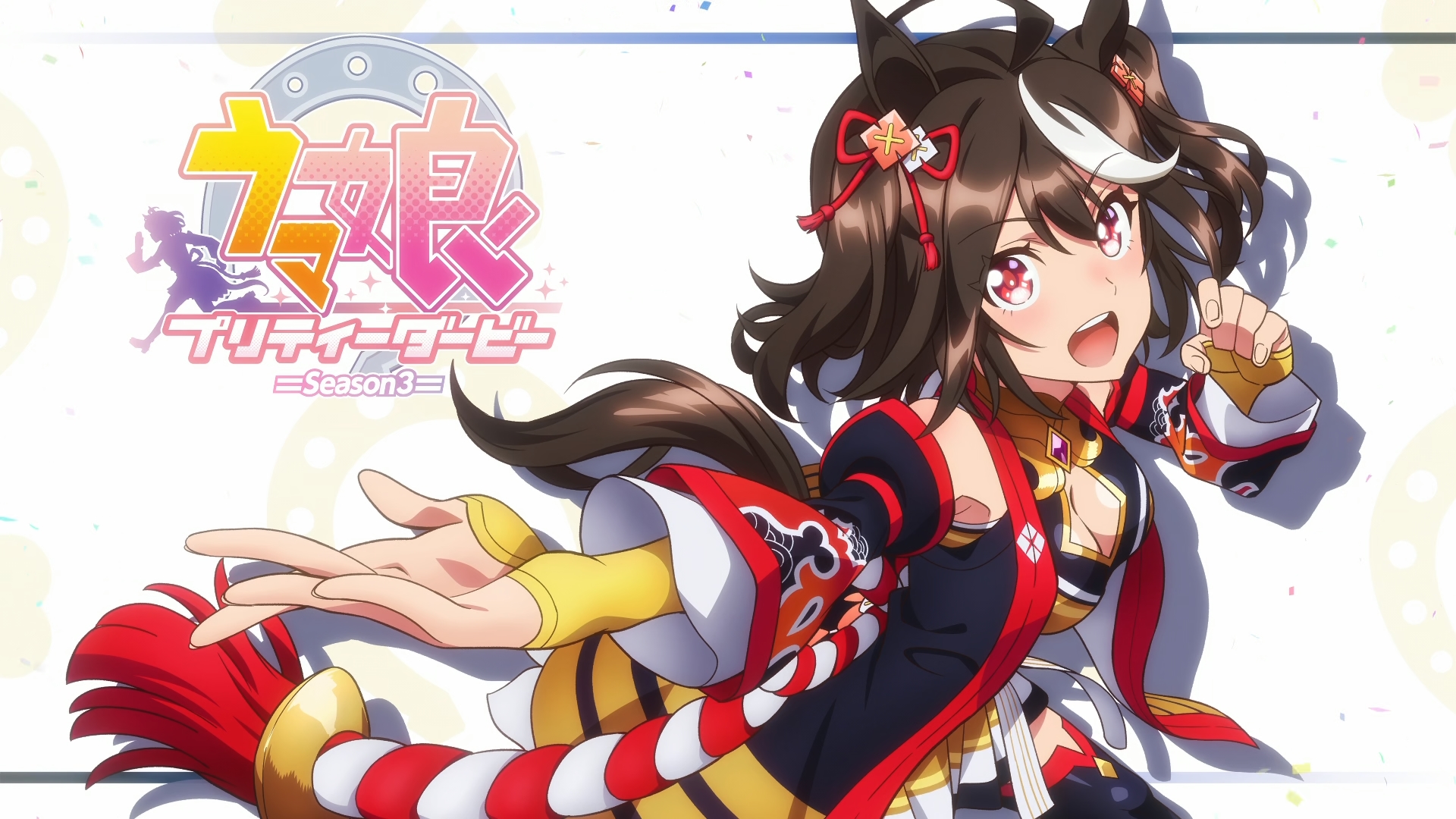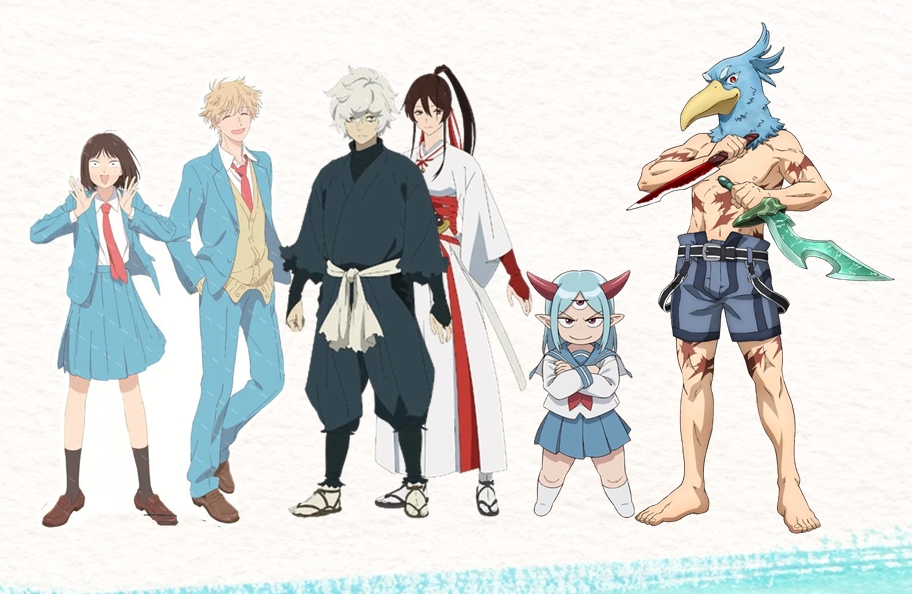John’s Picks for 2023’s Best TV Anime
The number of new anime series made for Japanese television broadcast has steadily increased year over year since the dawn of modern television anime sixty years ago. However, 2023 being one of the most prolific years of broadcast anime ever did not make it one of history’s best years of new anime. By my rough count, 2017 and 2018 both produced 249 new television and web anime. 2023 saw the release of 232 new series and specials, by my estimate. Excluding continuing seasons with continuing episode numbering, and excluding re-releases including the episodic television broadcasts of the Kaguya-sama wa Kokurasetai and Kidou Senshi Gundam: Senkou no Hathaway feature films, I was fortunate enough to watch at least one episode of 230 of this year’s new titles. The two I skipped were Shingeki no Kyojin: The Final Season Kanketsu-hen and Bleach: Sennen Kessen-hen -Ketsubetsu-tan-.
For minor technical reference, I considered the Tokyo Revengers: Tenjiku-hen special to be part of the “Seiya Kessen-hen” second season. And according to the official Japanese homepage, Arknights: Reimei Zensou and Arknights: Fuyukomori Kaerimichi are one collective series.
Furthermore, technically every year that has more than five shows has a “top five,” but singling-out shows just because they rank by default isn’t a very useful measure of quality. In my admittedly subjective opinion, only three “new” broadcast anime series that premiered in 2023 rise to the level of noteworthy excellence. Then a number of titles deserve recognition as strong contenders.
In the contemporary era so many of the light novels and manga that receive anime adaptations feel as though they were created as footholds: opportunities for new writers to break into the profession or works to keep professional creators relevant. Stories are rare that feel like they exist because the author was compelled to share a unique vision. Writer Kanehito Yamada’s manga Sousou no Frieren can be called just another sword & sorcery tale, but such disregard ignores the story’s charming uniqueness. Madhouse’s currently ongoing TV adaptation is lovely looking and well animated, but so are many other anime series. “World building” has come into vogue as a primary criteria for literary criticism, but the criteria is frequently mishandled. Apart from biographies and documentaries, all fictional stories world build because all stories need some sort of setting. The Sousou no Frieren anime depicts a world that not only refers to its history but actually feels like it has history. Crumbling ancient ruins are merely set dressing, not world building. The Sousou no Frieren story contains numerous small details and references that evoke the sense of a world that has lived, grown, developed, and changed over a millennium. Its world doesn’t feel like a convenient fantasy setting; it feels like a living world. More importantly, the characters within the world feel dynamic. While especially episodes 8-10 are filled with breathtaking suspenseful action, the show is at heart a character study concentrating on the subtle ways experiences and companionship affect and change the characters’ personalities. Unlike so many contemporary anime series that feel arbitrary and spontaneous, Sousou no Frieren is deliberative and deliberately planned. Every moment, every event serves a purpose. The anime feels like a refreshing breath of fresh air because it feels like a story that wants to be told rather than feeling like a story that exists for the sake of popularizing itself and selling merchandise.
Kusuriya no Hitorigoto is comparable to Sousou no Frieren in several ways. Also an ongoing series as of the end of 2023, the first half of the show alone promises enough integrity to make it worth notice. Set in a fictional ancient China, this royal palace drama occurs within a society of manners, dignity, and formality. The protagonist survives by her wit and intelligence. Likewise, the show itself assumes the audience’s intelligence. The show’s exposition frequently lies in what’s not said aloud. The characters, and by extension the viewing audience, interpret the show’s plot developments by examining the characters’ actions and expressions, by interpreting what they say and what they keep silent. The series has a playful cynicism that doesn’t appear in anime very often, so paying attention to the show, its characterizations, and its relationships makes the viewing experience more rewarding. The show’s editing is periodically a bit jerky, sometimes forcing viewers to fill in narrative gaps themselves, but the little lapses almost seem deliberate, in order to remind viewers to be as astute as the protagonist is.
Recognizing the Kimetsu no Yaiba: Katanakaji no Sato-hen season while excluding the comparable second season of Jujutsu Kaisen may seem peculiar, but the Demon Slayer official site recognizes the “Swordsmith Village arc” as a self-contained series while the Jujutsu Kaisen homepage identifies the TV anime as one continuing series. Moreover, narratively Kimetsu no Yaiba: Katanakaji no Sato-hen is a stronger narrative package than the second season of Jujutsu Kaisen is. Granted, both series during 2023 introduced plot developments that feel artificial and manipulated in order to preface further drama in the stories. But “Swordsmith Village arc” delivers a more sincere, more emotional, less manipulative action-packed story than Jujutsu Kaisen season two, which feels like it exists solely for the purposes of shock value and laying the groundwork for future story arcs. When one wants to demonstrate the peaks of contemporary shounen fantasy anime, the Demon Slayer: Swordsmith Village mini-series is an ideal example.
I think that a handful of additional 2023 anime deserve some recognition and admiration.
The first season of Hikari no Ou, co-adapted by Mamoru Oshii, directed by veteran animator Junji Nishimura, with character design by Blood: The Last Vampire animation director Kazuchika Kise, and score composed by Kenji Kawai, has a luminous production staff. Moreover, despite being animated by relatively mainstream studio Signal.MD, arguably no other new broadcast anime this year looks and feels more esoteric and independent, including even Ikimono-san. However, despite a great pedigree and promise, the first season of Hikari no Ou is foremost nearly incomprehensible. The story reveals itself slowly. Moreover, the exposition is so heavily steeped in the show’s own mythology and lore that frequently it’s difficult to fully understand what characters are talking about. The show is noteworthy for being so unique, but that esoteric uniqueness is also just as much a weakness.
Dead Mount Death Play is likewise near unbelievably complicated. However, to its great credit, mostly the show actually manages to keep its juggling plot threads coherent. The show’s bizarre mysteries and large cast of even more bizarre characters keep the show unpredictable and exciting. However, inevitably with a story this complicated, several of the lesser plot threads go unexplained.
Oshi no Ko begins as one story. Then it reaches a shocking climax that promises a compelling mystery. Then the subsequent ten episodes struggle to fulfill that initial promise. Episode 6 gained some notoriety for its ruthless cynicism, but the episode is merely a variation of the earlier motion picture Perfect Blue, and despite the strength of the episode, it’s tangential to the primary storyline. Oshi no Ko throughout is vibrant looking. And it periodically remembers to develop its central conceit, but regrettably the show mostly fails to live up to its potential.
Similarly, Watashi no Shiawase na Kekkon is absolutely lovely looking, and the show has a very immersive atmosphere. But regrettably the characterizations and especially the story development in the show’s second half are so stilted and artificial that the series never feels convincing or satisfying.
The short Uma Musume: Road to the Top web mini-series and the TV series third season are both very satisfying, but following on the heels of the stellar and heartbreaking second season, virtually anything would have trouble measuring up.
I hope I may be forgiven for lumping together a final few titles. Lv1 Maou to One Room Yuusha is a very fun sly satire that pays homage to the tone of anime from twenty or more years ago. Jigokuraku is practically the runner-up version of Kimetsu no Yaiba: Katanakaji no Sato-hen. The show is visually inventive. It’s also gratuitously violent; however, it ends up feeling rather unfulfilling. Skip to Loafer rivals many of the past’s better shoujo anime but by design doesn’t try to surpass them in emotional resonance or story depth. The ongoing Shangri-la Frontier is energetic and fun, but it also feels like it frequently just revs in place, not progressing the story when it could and should.

